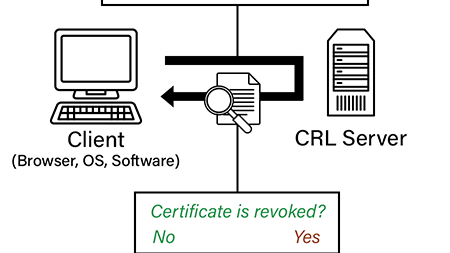Considering Full Disk Encryption (FDE)
Full Disk Encryption (FDE) refers to the practice of encrypting a device (laptop, cell phone, etc) at-rest. Decryption is performed at boot time, relying on user input, a cryptographic key stored in hardware, or a combination both. FDE is an …








